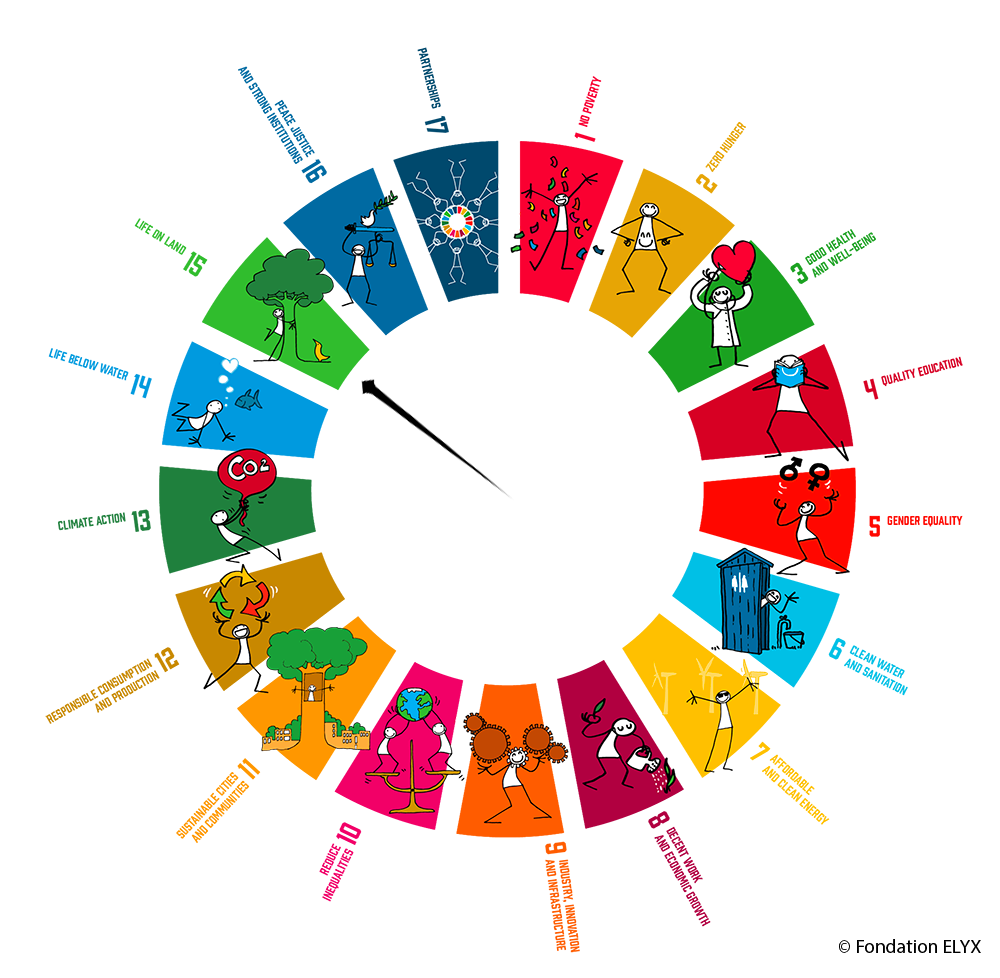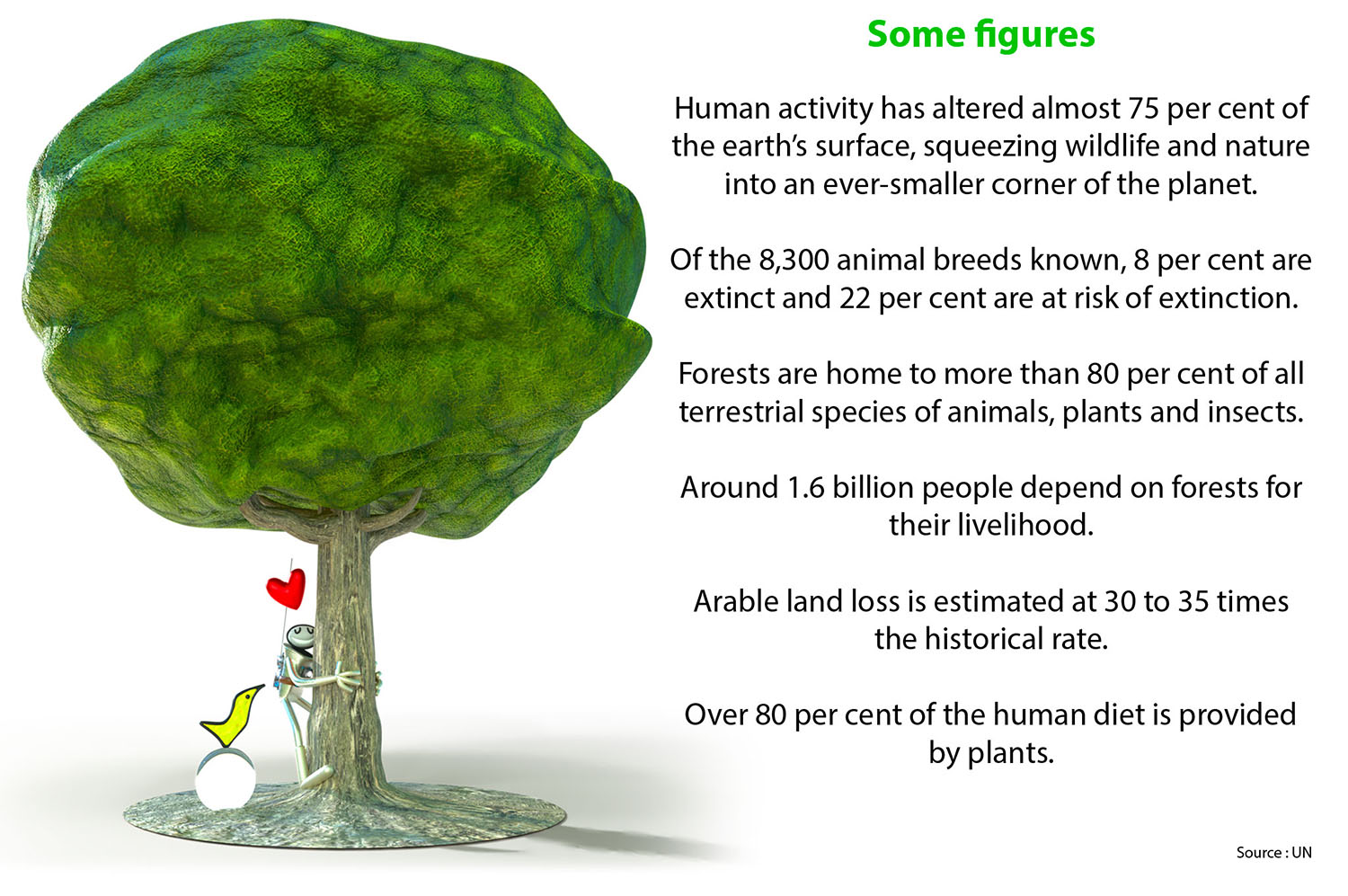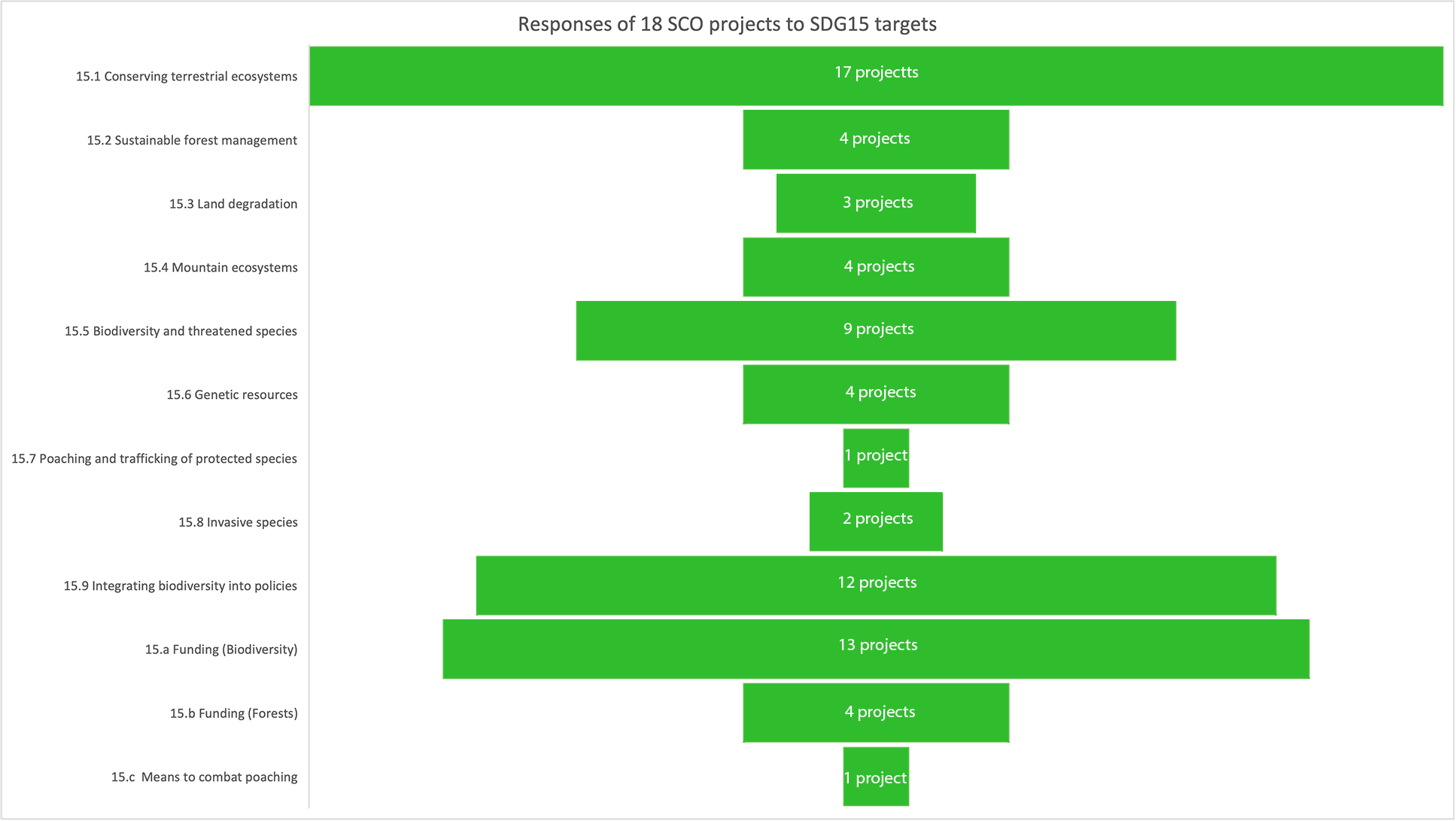SCOlutions to Sustainable Development Goals - #2, SDG15
As mentioned in our first article, Space for Climate Observatory (SCO) is in line with the Paris Agreement and the 2030 Agenda. By gathering international space expertise alongside science, particularly at the service of vulnerable territories, SCO is intended to become an essential tool for informing decisions on adaptation and resilience to climate change consequences.
At the forefront of these consequences there is the collapse of biodiversity, caught between human and climatic pressures. Although current climate change is not the first, it is evolving too quickly to allow biodiversity, already under heavy human pressure, to adapt. Earth observation, the main tool of SCO projects, makes it possible to understand and analyze the evolution of natural areas and, ultimately, to implement conservation strategies. Immediate boarding for SCOlutions to SDG15.
32% of SCO projects address the preservation of terrestrial biodiversity.

SCO and SDG15 “Preserve and restore terrestrial ecosystems”
Today, experts estimate that the rate of extinction of species is 100 to 1000 times higher than the rate that would prevail naturally, i.e. without human action. Yet biodiversity remains essential to the development of all ecosystems, which themselves provide countless indispensable services. It promotes the stability and adaptability of the biosphere, including in the face of present and future changes. Indeed, the 15th SDG aims to achieve sustainable management of terrestrial ecosystems by preserving biodiversity. By mobilizing Earth observation satellite data to monitor the evolution of natural areas, 18 SCO projects respond directly to SDG15, even in the specifically associated funding.
As the first ecosystem to be preserved urgently, forests are at the heart of the second target of SDG15 as well as {Mangroves} and {TropiSCO}. The latter, an emblematic project of SCO, implements tropisco.org, the first platform in the world that allows tropical deforestation to be visualized in near-real time. Its indicators are relevant to several other targets of SDG15, including fight against poaching.
For their part, the {ADOPT}, {Cartovege}, {EO4Mountain-Pastoralism} and {ORION} projects are involved in the preservation of mountain ecosystems, the fourth target of the SDG15, with, for some of them, the specificity of integrating the issue of invasive species, the eighth target of the SDG15.

But what about animal species, you might ask? These are very difficult to track, unless they are equipped with Argos beacons - which work thanks to the eponymous satellite tracking and data collection system - used by {Migr-Safe} project to preserve migration corridors in Europe. Other projects are developing wildlife indicators through habitat change in the natural areas they monitor, such as {Habitat Yangtze}, which is building a platform for monitoring and mapping waterbird wintering habitats in the basin of China's largest river.
71% of all SCO projects aim to promote better integration of biodiversity into public policies, the ninth target of the SDG15. This is the case, for example, of {SCO FrichesAgricoles} and {Eagle Hedges}, which remind decision-makers of the importance of the services provided by waste land and hedges.
To go further:
- At the 6th SCO France Quarterly Meeting in September 2022, three projects showed how they use satellite data to monitor the evolution of natural areas. Each presentation is featured in a video here.
- SDG15 presented by the UN





